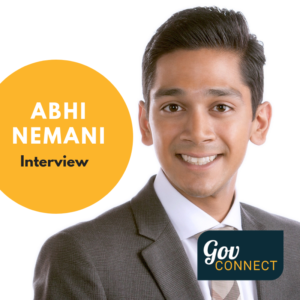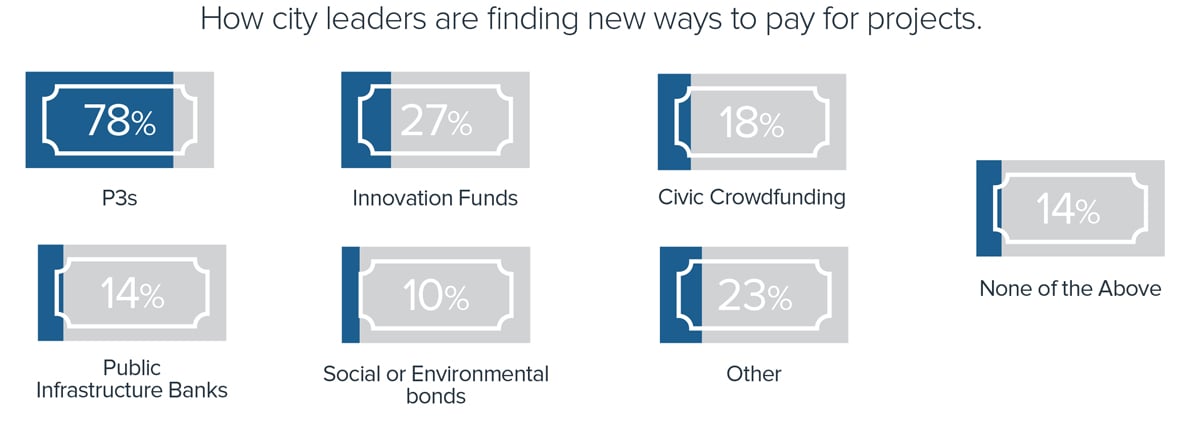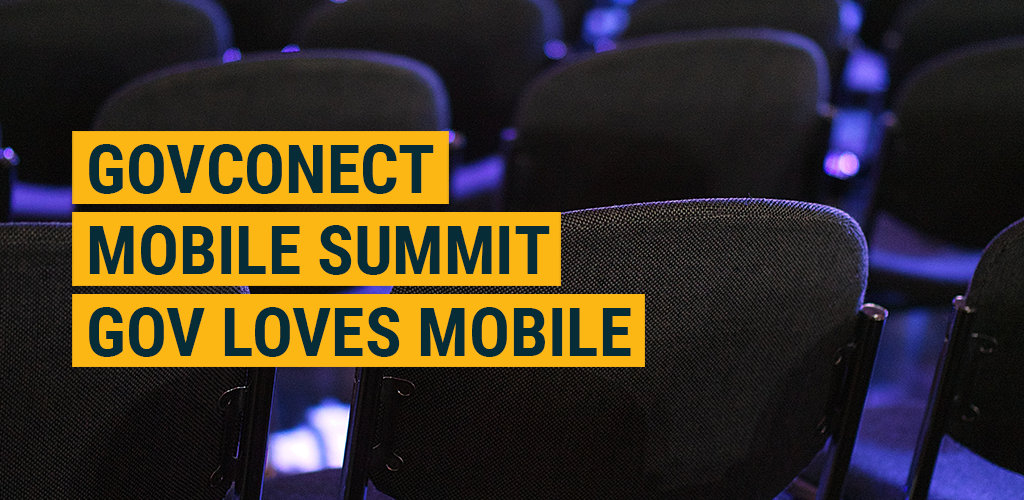Every agency is different in its mission, history, makeup and culture. However, there are some general steps that every organization can follow to support innovation.
1. Gather Robust Data
The opportunities and the challenges of innovation may seem overwhelming. You may be wondering how to get started or how to identify which ideas are worth pursuing. The groundwork you’ve set to prepare your organization for a culture of innovation should help get ideas flowing. The next step is creating a framework to gather information from key stakeholders, empower employees to speak up and encourage creativity.
Multiple frameworks exist; however, one particularly interesting model comes from Nesta, a global innovation foundation. They have developed a framework to help governments strategically plan for and assess cultural change. For different activities, organizations can assess how the culture will be impacted across individuals and teams. Further, the impact can be measured in terms of attitudes, abilities, behavior, discourse, roles, relationships, environment, and outputs. By considering all of these factors and putting the most important points down on paper, you’ll start to see how activities affect culture and vice versa. It can be used as a tool to start conversations or identify where the organization needs additional attention or resources. It helps make an idea that may be a little ambiguous more concrete.
McKinsey also offers a useful framework for the gathering of information that leads to transformation. They encourage using a business or investor-style due diligence process that evaluates all current initiatives and their projected impact. Given your status as a government agency, you’ll likely have to adapt this framework to include government-specific considerations.
Another approach is forming a type of focus group or innovation lab to bring together a small group of employees to start the innovation efforts. As this group generates more ideas, they can socialize them with larger groups before deciding on new projects or changes to pursue. In the early days, a separate innovation group can bear the burden of being the change agents. Over time, hopefully, your agency will become more comfortable with sharing unique ideas.
Regardless of which approach you use, it’s important to keep your workforce at the center of your efforts. Rather than having executive-only task forces, open up the discussion to employees of all levels. You can use surveys to gather information, but often changing the location and gathering employees in an offsite or different conference room can spark new ideas. Creative and bold ideas can come from anywhere if you’re open and creating opportunities for employees to speak up.
[bctt tweet=" Rather than having executive-only task forces, open up the discussion to employees of all levels. " username="Rock Solid"]
2. Engage End Users Effectively
In order to be successful, you’ll need to take a page from tech companies and other corporations to increase your focus on your end user. Here’s where you take the increased citizen engagement efforts that you began earlier and turn them into built-in, routine organizational practices. Whenever you want to tackle a social policy issue, ask yourself if you truly understand the perspective of the people you are trying to help. If you don’t, reach out.
Citizen engagement is not a one-time deal. It must be an ongoing process to ensure you are continuously adapting to changing needs. In addition to initial assessments and information gathering, you can involve citizens in pilot projects.
[bctt tweet="Citizen engagement is not a one-time deal. It must be an ongoing process to ensure you are continuously adapting to changing needs." username="Rock Solid"]
For example, Anchorage, Alaska brought together employees from various departments for a one-day workshop in an attempt to reduce residents sent on to third-party collections for delinquent debt, and it did so by changing the final notice letter sent out. Treasury sent 10,000 old letters to one group as a control and the new design to 10,000 others. The changes in the initial test resulted in $63,000 more collected, and by the end of the year, Treasury had collected almost $1 million in new revenue.
These are conversations and trial periods that happen early on to help validate a product or service idea. You should also reach out at the project’s conclusion for a final assessment. As citizens become more comfortable engaging with government, you’re likely to get more robust and helpful input for future ideas.
3. Improve Decision Making
This might be the most important step in creating and sustaining a culture of innovation. This is also likely to be an area of extreme push back and resistance. Consider how decisions are made currently in your organization. Fast or slow? Easy or difficult? What would help? To improve decision making, here are a few key tenets to follow:
- Fail Quickly: This is a popular saying in the startup world, but it holds merit here too. Failing should no longer be a bad word. Failing quickly doesn’t mean that you enter new initiatives recklessly. Rather it means that you move in small increments so that if something isn’t working, you’ll know before wasting too much time and resources (both of which are limited in the government setting). You can do this through developing proofs of concept, idea testing and trials. There will be valuable feedback in these initial steps which can inform if you are on the right track for creating sustainable change and addressing the need of your stakeholders.
- Evaluate and Adjust: Along with failing quickly, you want to maintain the ability to evaluate how projects are going and adjust them along the way. You don’t need to wait until the project is finished to assess its impact. It’s better to follow a non-linear and iterative approach that is more flexible. Making small changes along the way can help ensure projects are truly addressing the issues they were designed to solve. It also helps diminish wasted resources, including employee efforts, time and money. The evaluation process will need to be systematized so that it can be applied uniformly across different projects in your organization.
[bctt tweet="You don’t need to wait until the project is finished to assess its impact." username="Rock Solid"]
- Focus on the Data: Thanks to advancements in technology, it’s now easier than ever to gather data that will help inform your decision making. The challenges may be budget for new technology and training and knowledge gaps in areas such as data science and machine learning. These investments are critical, however, because technology can enable evidenced-based decision-making. With proper monitoring and interpretation techniques, this data can be used to decide if initiatives should be scaled or canceled.
- Leverage Available Technology: Before you invest in new technology, make sure to fully explore how existing technologies can help you reach your goals. Mobile technology, in particular, may be a great source of data and insight. Across OECD countries, more than 80% have internet access and 62% of individuals use mobile internet. You can use this technology to engage with your residents and stakeholders. While there are legitimate privacy concerns around how data from mobile phones are used, you can still access and use this data in anonymous ways to gain insights into your community. You can also potentially partner with outside organizations that already have data on your residents to develop solutions that help all interested parties.
4. Increase Knowledge Sharing
As we mentioned previously, if you want to support a sustainable culture of innovation, you need to always be learning and growing. To do this you’ll need to encourage knowledge sharing. This includes celebrating successes and learning from mistakes. There should be consistent rules around what kind of information is shared and a designated format or knowledge portal. This level of transparency can result in important proof points to support culture change and continued innovation.
Sharing allows others to benefit from any successful methods or projects you’ve developed. Being open with failures also lets others know that it’s okay to fail and gives them guidance on how to handle similar situations. Leaders help to normalize failure by talking about it openly, including your own. Sometimes the best learnings opportunities come out of the most difficult situations. Proper knowledge sharing can lower risk aversion and improve the capabilities of the entire organization. Knowledge should also be shared with your citizens in order to continue to build trust with them.
There may be some security concerns or even regulatory restrictions around certain information sharing. Rules need to be followed, of course, but you may want to form an exploratory group around addressing these hurdles if needed. You may be able to partner with other government organizations facing similar restrictions to discuss solutions they have found to overcome the hurdles you are facing.
5. Address Budgetary Concerns
Of course, there’s no progress without considering your budget. Increasingly, governments are developing an innovation budget. According to Abhi Nemani, who helped launch Code for America and served as interim Chief Innovation Officer under Sacramento Mayor Kevin Johnson:

“When I built the Innovation office there one thing I specifically did based on lessons learned is we set up an operational budget that was tied to a specific fund, that was guaranteed to effectively have a dividend every year of roughly $2,000,000. We set up our operational plan to always be beneath two million dollars so that included staffing, money for tools you need to buy, events we needed to host, etc
Often the budget is focused on technology. Indeed, a large portion of the budget should be focused on these enhancements given the importance of data-driven decisions in sustaining a culture of innovation.
Budgets should also be developed from a bigger picture perspective. There should be adequate funding to invest in the necessary education or to attract highly innovative talent. Budgets can also be used to create financial incentives that reward innovative efforts. In 2018, local and state government spent $103 Billion, according to GovTech Navigator. Here are some ways city leaders found funds to pay for new projects in 2018.
You may need to work with various stakeholders to address some financial rules that could impede your progress. Restrictions on how much or how public money is spent are important, but it’s worth assessing if these regulations are necessary or harmful. Changing the regulatory environment is not a simple task – and would likely take an entire budget of its own – but it’s worth investigating to see if there’s any flexibility around the restrictions that are currently in place.


